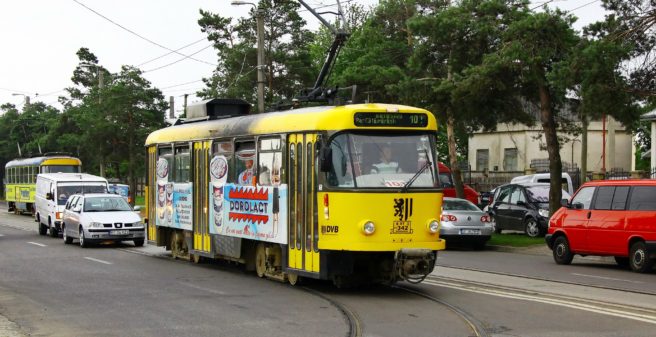
In light of the worldwide trend towards electric transportation, the following decisioncan be best described as surprising: On 31 July 2020, the tram services in the Romanian city of Botosani will be terminated. Starting 1 August 2020, new Turkish diesel buses, financed by the EU will replace the tramways. It’s worth taking a closer look at the reasons for this move.
In order to reduce their depedency on imported oil, the 1980s saw a considerable shift in the energy policy of Eastern European countries, with electric transportation systems becoming more and more important as they were considered to be the best option to utilize the countries’ own energy resources. This was also the case in Romania. 7 new tramway systems opened since 1984, while the existing 8 went through a modernization process. 14 new trolleybus lines, in addition to the already existing 5, were opened new between 1983 and 1997. However, in many cases the available funds were not sufficient for the construction of a modern, reliable infrastructure. Furthermore, a serious lack of maintenance of the vehicles and their infrastructure due to insufficient resources caused additional problems. As a consequence, many of the new trams soon looked run-down and rather neglected. A few years later, however, second-hand trams from Western European countries provided a valuable boost to “refresh” the fleets in various Romanian cities – including Botosani.
Not a good start: Botosani tramway
Botosani is located in the north-east of the country, close to the border with Moldova, and has a population of about 105,000 inhabitants. With its starting date of 6 September 1991, it was the last city in the country to open its new tramway system, which was delayed for several years due to delays in construction and a lack of supply of the required new tramways. Some of the vehicles were even delivered partly as kits to be finally assembled locally. However, these yet-to-be assembled trams remained stored unprotected under the open sky for several years, because there was no sufficient funding for a full-scale depot with adequate workshop facilities.
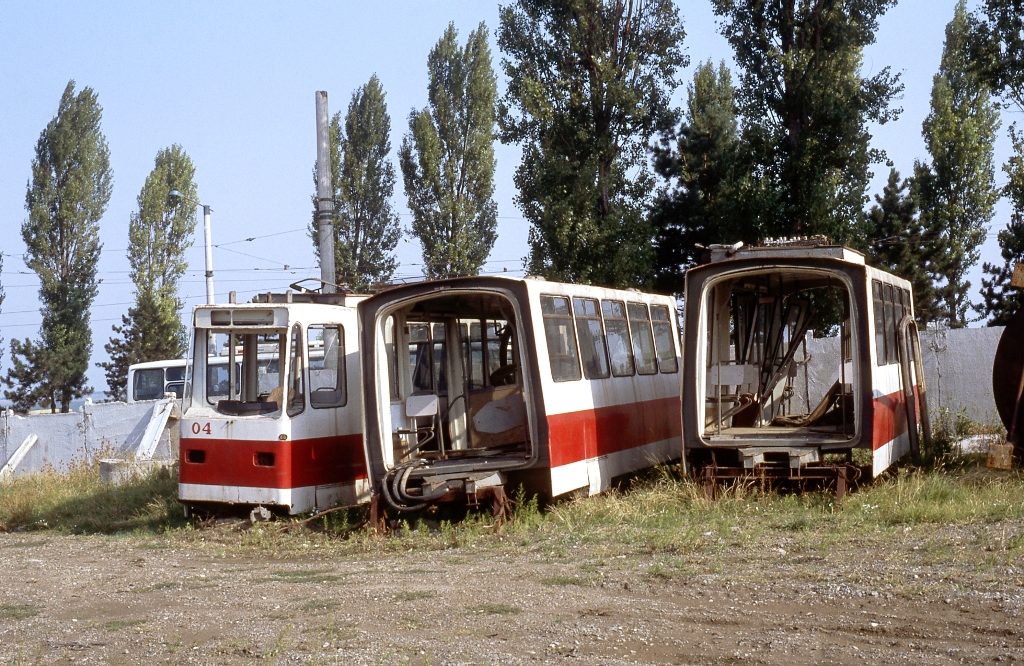
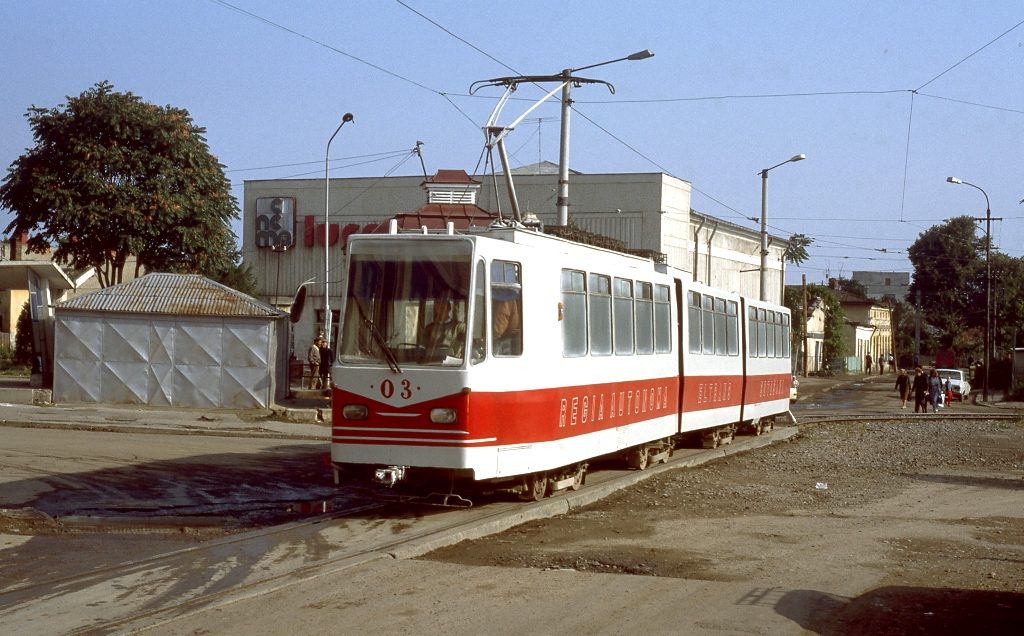

Two lines 101 and 102 with a total of eight route kilometers were operated – that was and is the entire tramway network. The initially delivered articulated tramcars of the domestic model V3A faced several operational problems and had to be replaced in the year 2000 by second-hand Tatra T4D built between 1972-83 and bought from Dresden and Magdeburg. However, after 20 years of hard day-to-day operations in Botosani, these trams are definitely near the end of their useful service life.
Picture gallery (please click to enlarge):
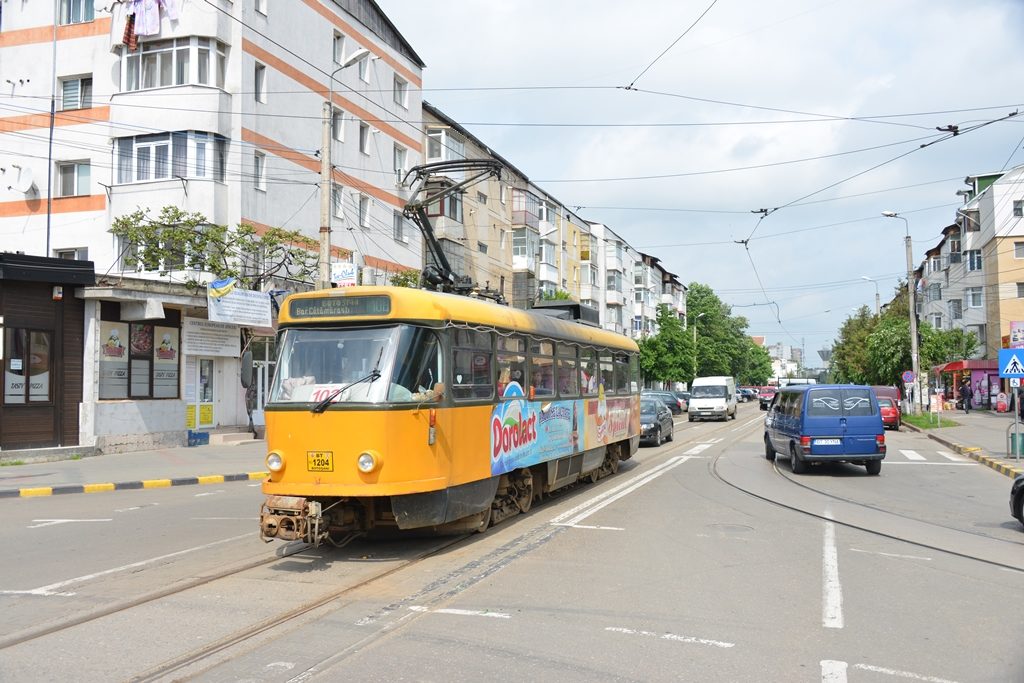
Arriving in Primăverii I © Thierry Leleu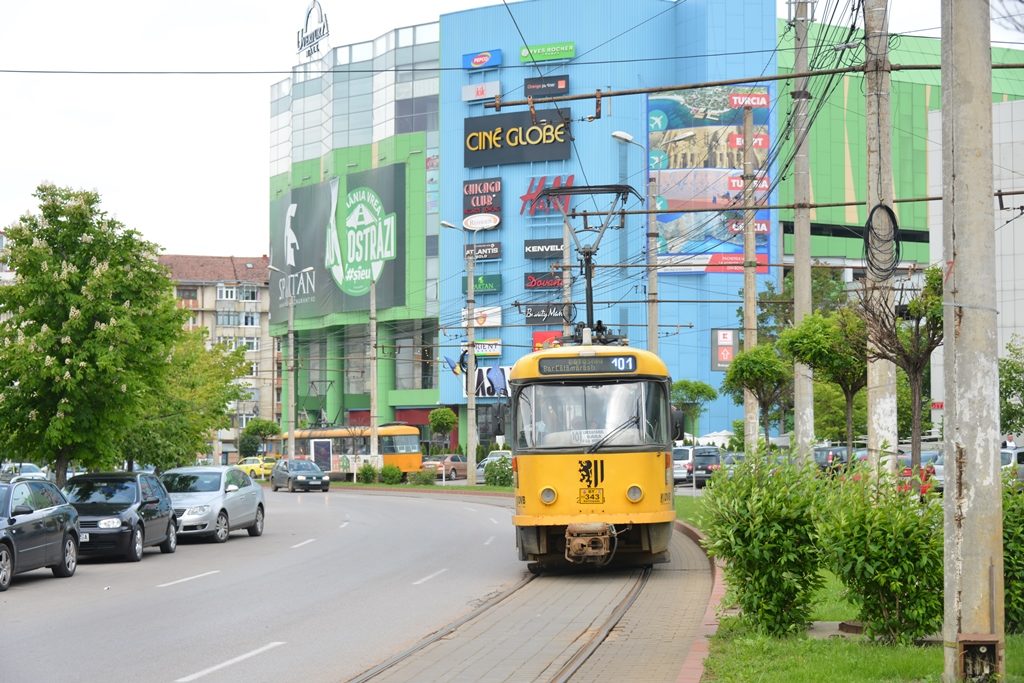
The tram in Botosani never had a right-of-way track: Calea Națională in summer 2019 I © Thierry Leleu
The decommissioning campaign
While elsewhere in the world an existing tram infrastructure – albeit in need of refurbishment – would be considered as a good starting point for a future modern, electric urban transport system, the city’s politicians as well as the delegates of the local administration decided otherwise. By blaming the bad shape of the tramway installation and highlighting the low operating costs of buses, they argued for the replacement of the remaining trams with “modern low-floor buses”. Nine such 10-metre diesel buses were in May 2020. Campaigns in the local press and the derelict situation of the current tramway system made it easy for local politicians to argue for this change and to sell it as a real progress for the population – environmental considerations received virtually no attention. However, from an outside perspective and by comparing Botosani’s situation with other European cities, it is by any means difficult to understand why EU funds were made available for the purchase of new diesel buses. However, additonal funds have been ask for a potential modernization of the tram’s infrastructure – there might be light at the end of the tunnel…
Picture gallery (please click to enlarge):
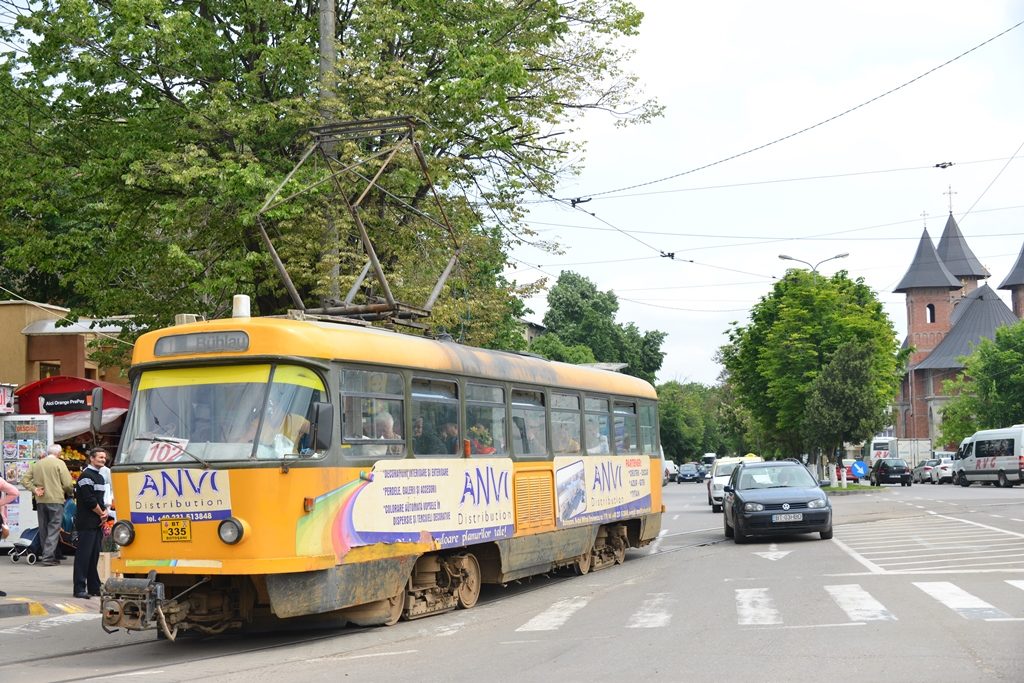
Terminus loop Primăverii in summer 2019 I © Thierry Leleu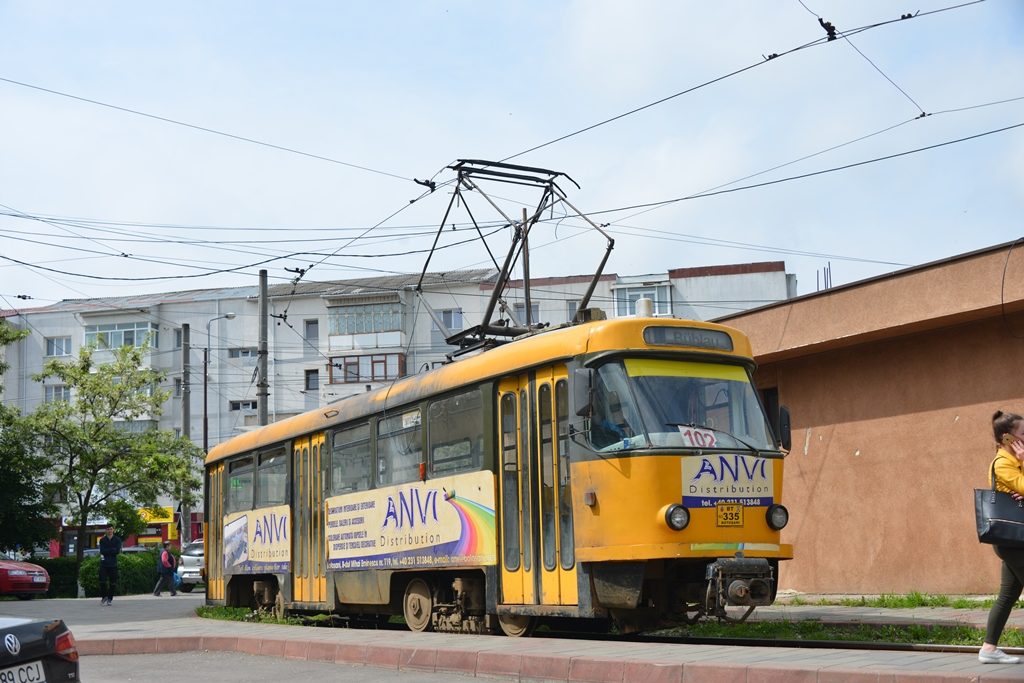
Botosani, terminus loop Eminescu I © Thierry Leleu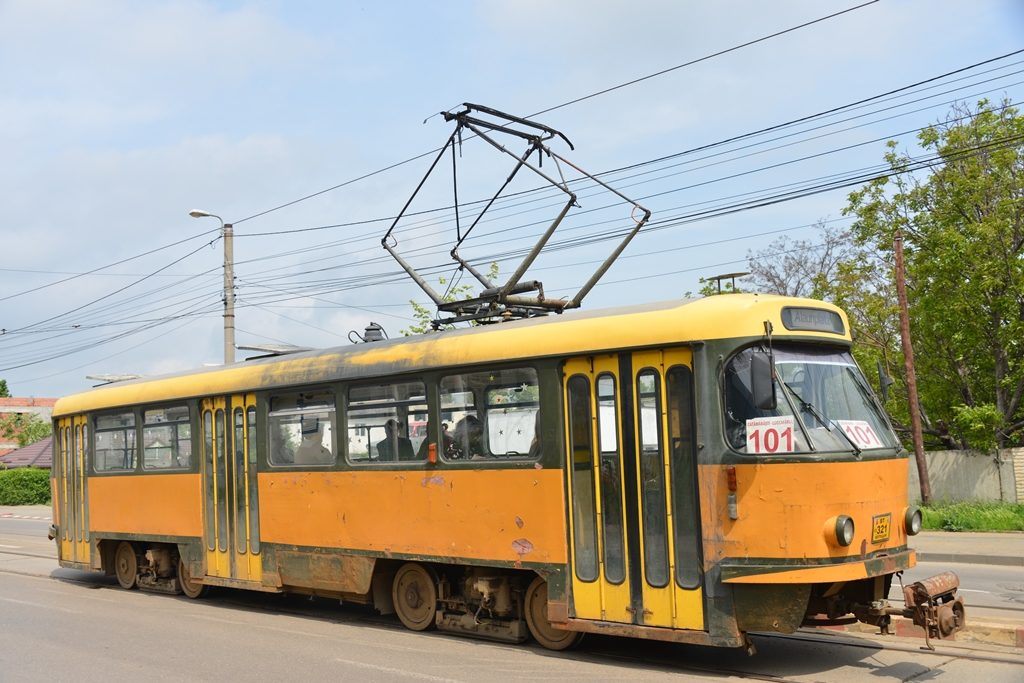
Tramcar 321 on its way to Cătămăreşti I © Thierry Leleu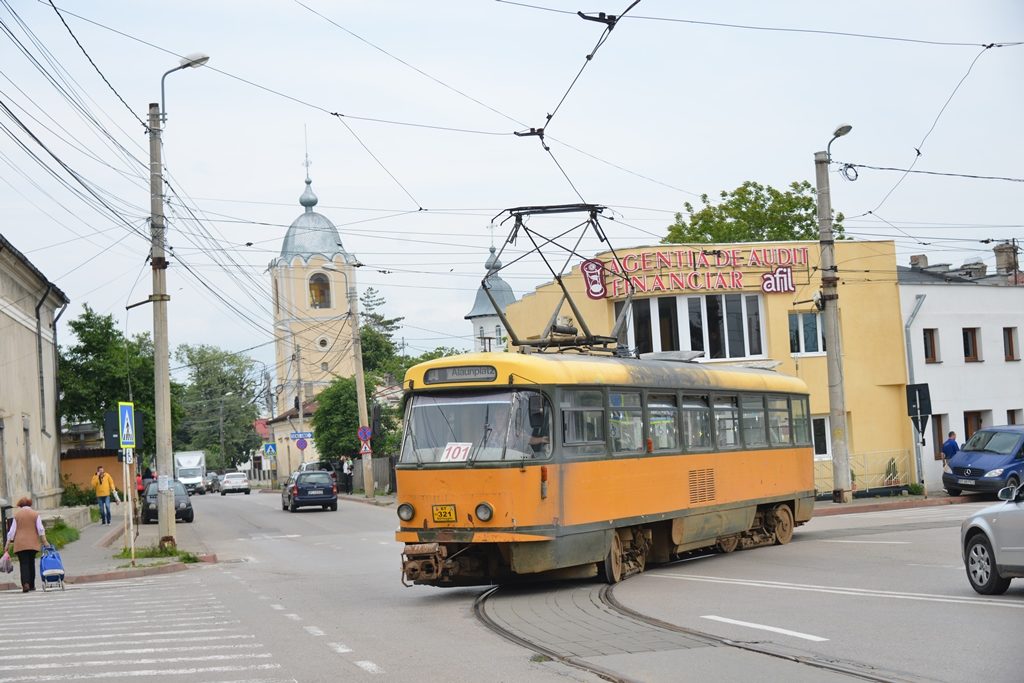
Tram car 321 in Luceafărul I © Thierry Leleu
Botosani is already the fifth tramway system that was closed in Romania since 2006, although reconstruction has started in one of them, the city of Resita. There have been similar plans for Botosani, too, and the recent participation in a EU-wide tender for new low-floor tramways might be an indication that there is still hope for a revival of the tramway. In total, 49 trams with a length of 18 m have been tendered for the cities of Botosani (9 trams), Braila (10 trams), Galati (10 trams) and Ploiesti (20 trams).
Altogether, there are still 10 tramway systems in operation elsewhere in the country.
A route map of Botosani’s tram can be found at: http://www.urbanrail.net/eu/ro/botosani/botosani.htm
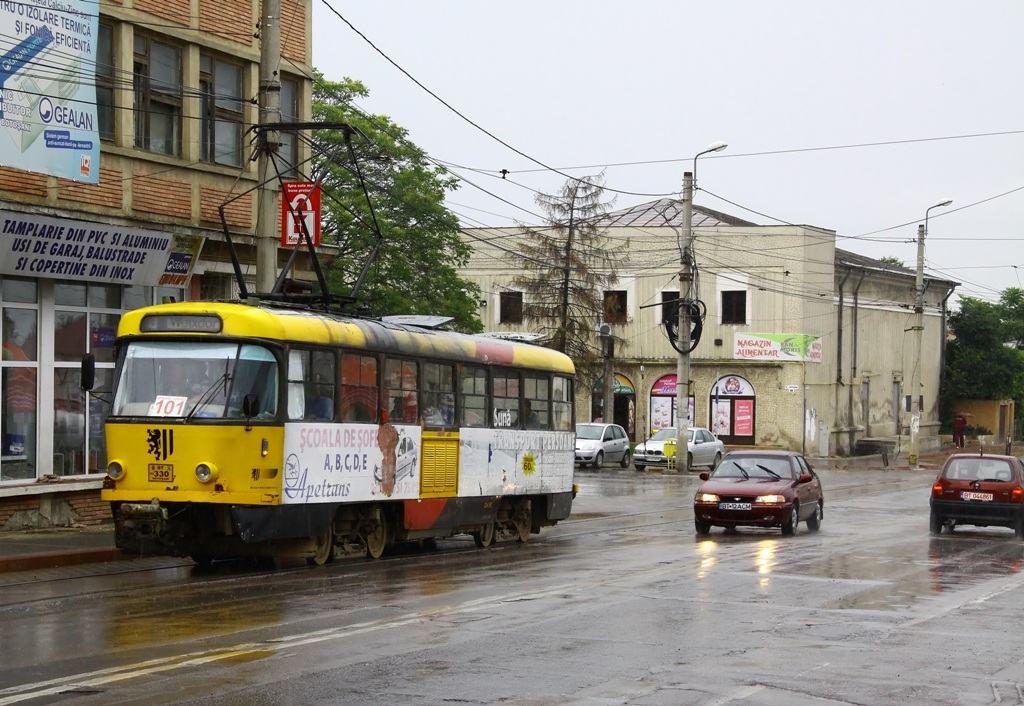
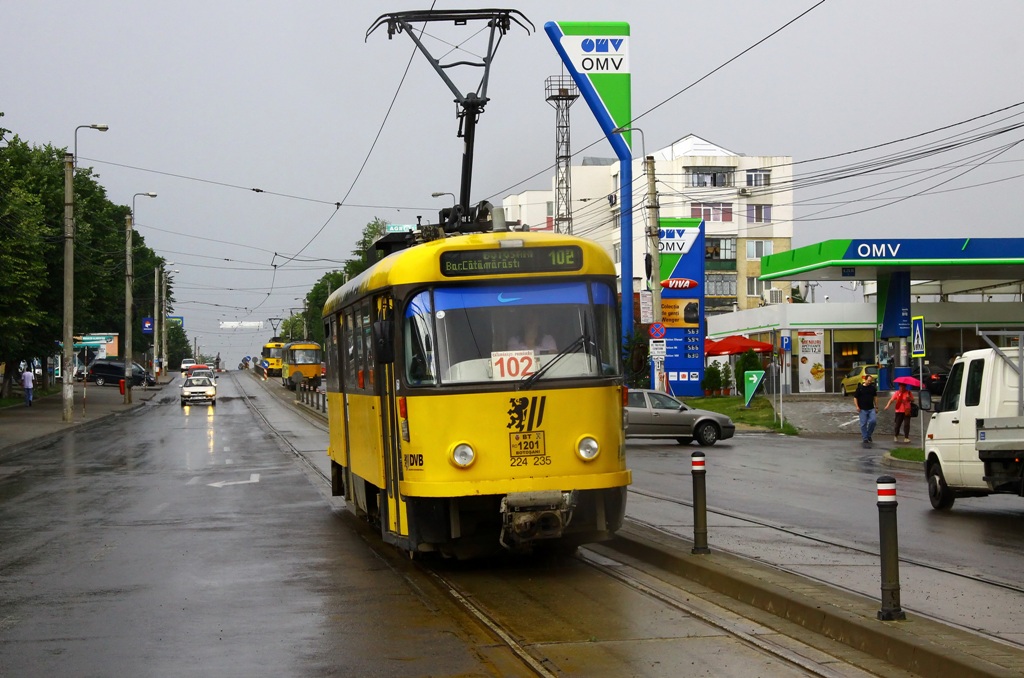
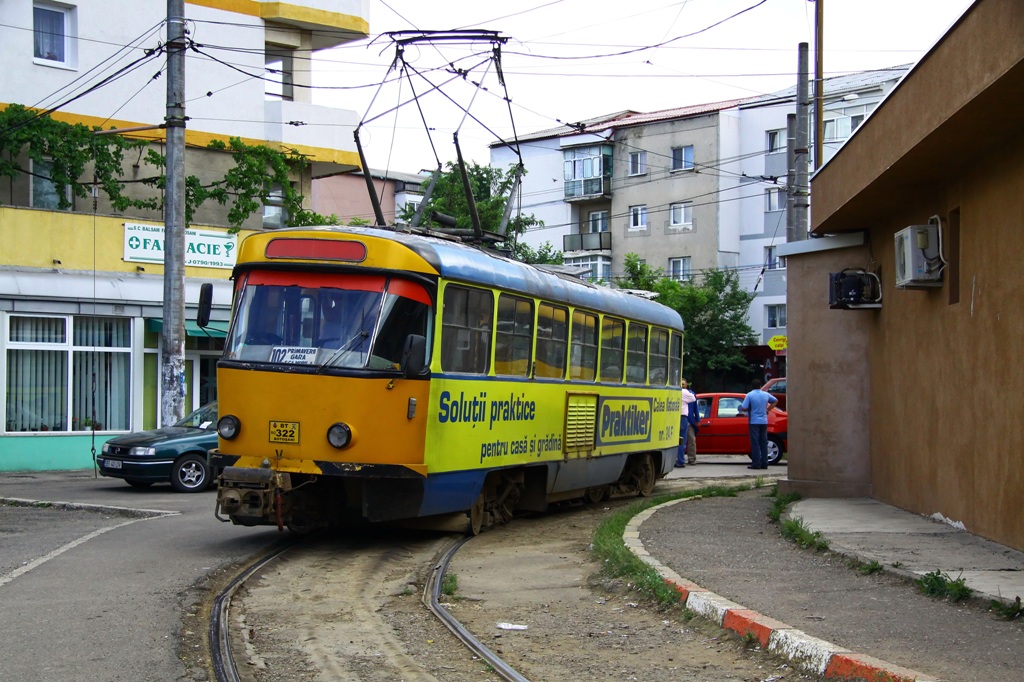
Updated on 3 August 2020 based on additional information.
30.07.2020

The information provided in the article is outright false. The line is only closing in order to be reconstructed. The works are financed through a EU grant of 19 million EUR. Also there is a separate tender for 9 trams. See with Google translate: https://www.monitorulbt.ro/local/2020/07/23/catalin-flutur-am-semnat-contractul-de-finantare-pentru-reabilitarea-caii-de-rulare-pe-traseul-102/